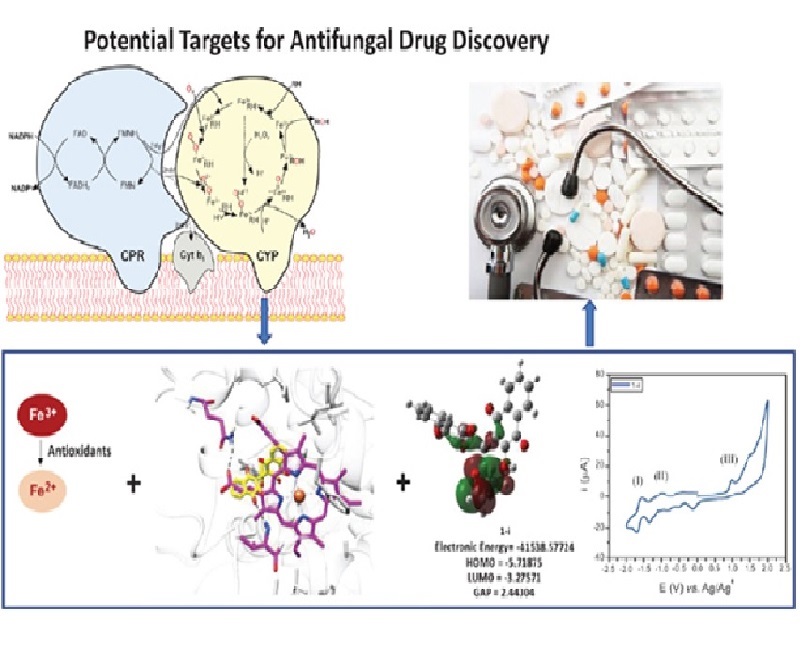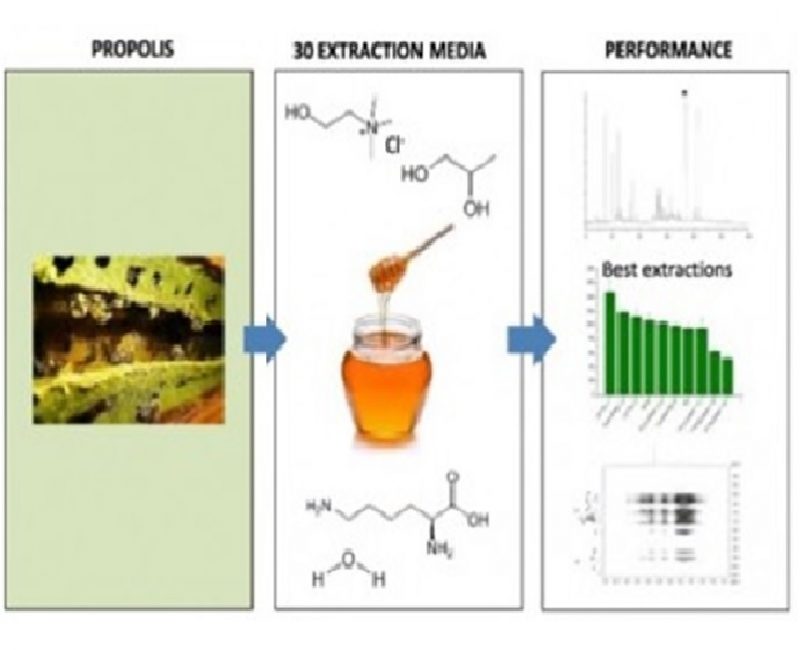
Authors:
Ferreira, Rafael A. A. 1 ; Pauli, Ivani 2 ; Sampaio, Thiago S. 1 ; de Souza, Mariana L. 2 ; Ferreira, Leonardo L. G. 2 ; Magalhaes, Luma G. 2 ; Rezende Jr, Celso de O. 1 ; Ferreira, Rafaela S. 3 ; Krogh, Renata 2 ; Dias, Luiz C. 4 ; Andricopulo, Adriano D. 2
Abstract:
Chagas disease causes ~10,000 deaths each year, mainly in Latin America, where it is endemic. The currently available chemotherapeutic agents are ineffective in the chronic stage of the disease, and the lack of pharmaceutical innovation for Chagas disease highlights the urgent need for the development of new drugs. The enzyme cruzain, the main cysteine protease of Trypanosoma cruzi, has been explored as a validated molecular target for drug discovery. Herein, the design, molecular modeling studies, synthesis, and biological evaluation of cyclic imides as cruzain inhibitors are described. Starting with a micromolar-range cruzain inhibitor (3a, IC50 = 2.2 μM), this molecular optimization strategy resulted in the nanomolar-range inhibitor 10j (IC50 = 0.6 μM), which is highly active against T. cruzi intracellular amastigotes (IC50 = 1.0 μM). Moreover, most compounds were selective toward T. cruzi over human fibroblasts, which were used as host cells, and are less toxic to hepatic cells than the marketed drug benznidazole. This study enabled the discovery of novel chemical diversity and established robust structure-activity relationships to guide the design of optimized cruzain inhibitors as new trypanocidal agents.
1 Instituto de Química, Universidade Estadual de Campinas, Campinas, Brazil
2 Laboratório de Química Medicinal e Computacional, Centro de Pesquisa e Inovação em Biodiversidade e Fármacos, Instituto de Física de São Carlos, Universidade de São Paulo, São Carlos, Brazil
3 Departamento de Bioquímica e Imunologia, Universidade Federal de Minas Gerais, Belo Horizonte, Brazil
Link to article: https://www.frontiersin.org/articles/10.3389/fchem.2019.00798/full







